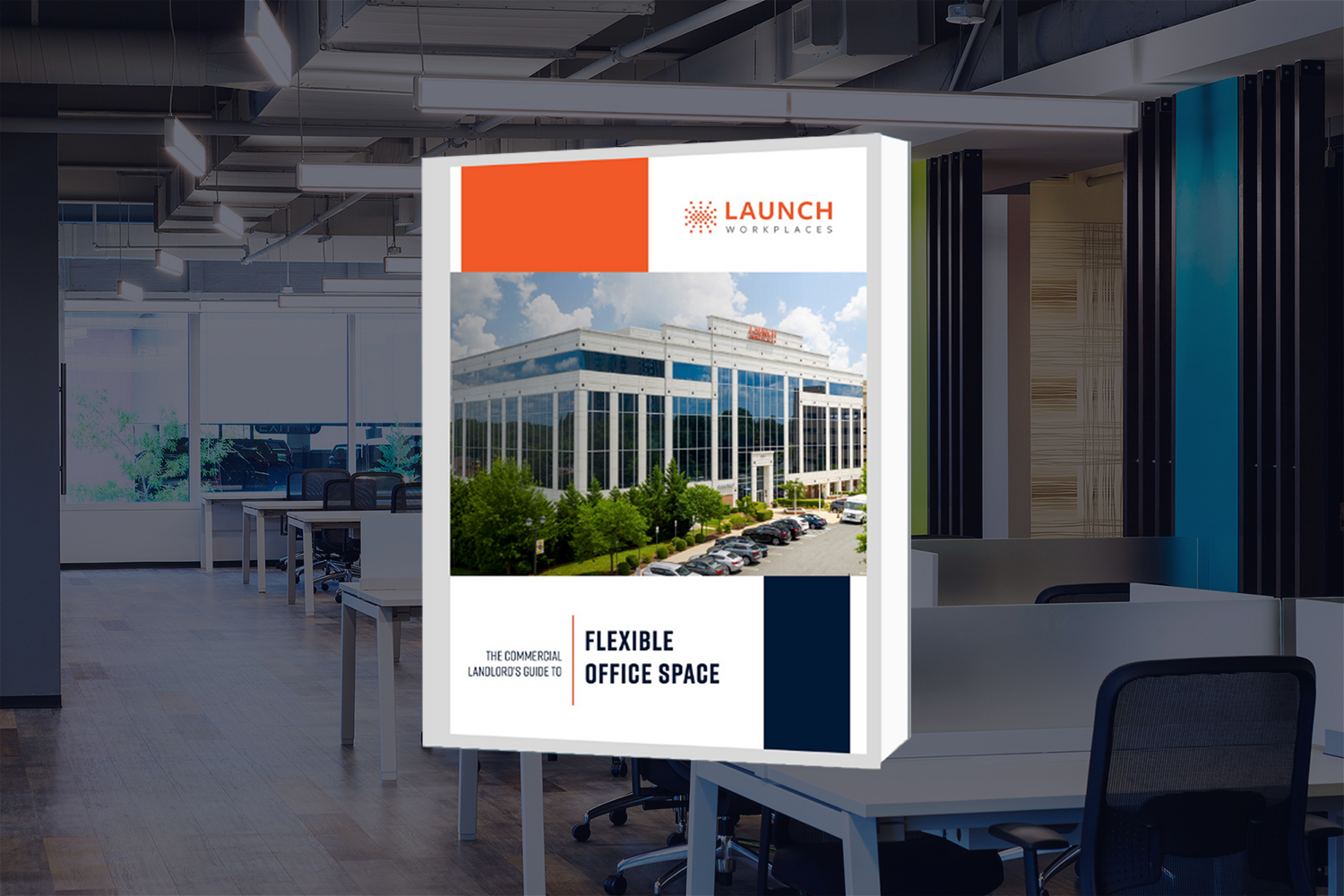Written By: Mike Kriel, CEO of Launch Workplaces
“I’m a privately held multi-property owner. Can I benefit from incorporating flexible office space into multiple locations?”
That’s an interesting question that I get quite often, and I think there are many many commercial landlords who have a lot to gain from hearing the answer.
If your portfolio checks the right boxes, implementing flexible office space into multiple properties can be a hugely beneficial endeavor.
Here are a few considerations to make when trying to decide if it’s the right move for you.
Complementary Locations
If your portfolio is diverse in terms of the locations of your buildings, then adding flexible office space to more than one of them is a good idea.
For instance, if your offices are between five and 25 miles apart and are in completely different markets, they can actually complement one another rather than compete with each other. For example, Launch has two buildings about five miles apart but, because they’re in different markets, we’re able to offer varying price points to appeal to different members.
And when we partner with landlords, we offer that same benefit: we can go into multiple buildings in several locations and tailor them to each market so that they’re complimentary, not competitive.
Prospective Member Retention
Having multiple flexible office spaces in different markets can also help you retain members that you otherwise might have lost.
As I mentioned, being able to offer different price ranges at each location can help you capture multiple demographics. On the other hand, if you only had one location, you might end up sending away potential members because you didn’t align with their budget. Having multiple buildings lets you keep both.
On top of that, you can benefit from retaining member spillover: if one of your flexible office spaces is completely full, you can let prospective members know that you’ll set them up in another location until the one they want becomes available.
Added Convenience for Members
Member experience is one of the biggest difference-makers for people choosing which flexible workspace to join. So, the more convenience you can offer them, the better.
Here’s an example: if you’re a Launch member in one building, then you’re a member in all of them. This means that Launch members can, say, book a meeting space in a different market if they need to, or they can pop in and work at a different space if they find themselves across town.
Having multiple locations means being able to offer more convenience and flexibility than you would if you only had one.
Where Does Flexible Office Space Not Work?
Let’s call a spade a spade: there are some places where flexible office space just doesn’t work. The absolute hardest place is rural America–there’s simply no density to pull from. Urban markets are also a little tough right now because of the pandemic.
On the other hand, there isn’t a single suburb in the United States where coworking isn’t a great idea. So, if you have offices in multiple suburban areas, there’s a good chance you’ve got a shot at success.
At Launch, we’ve worked with a number of commercial landlords to open multiple locations at once. And from experience I can say that, for privately-held multi-property owners, having flexible office space in multiple buildings can present an incredible opportunity.
But you don’t just have to guess whether it’ll work for you. If you’re interested in learning whether it’s a good opportunity for you, get in touch with me today. I’d be happy to speak with you and do an in-depth evaluation of your properties using our proprietary Valu Nav 12-point scale.




